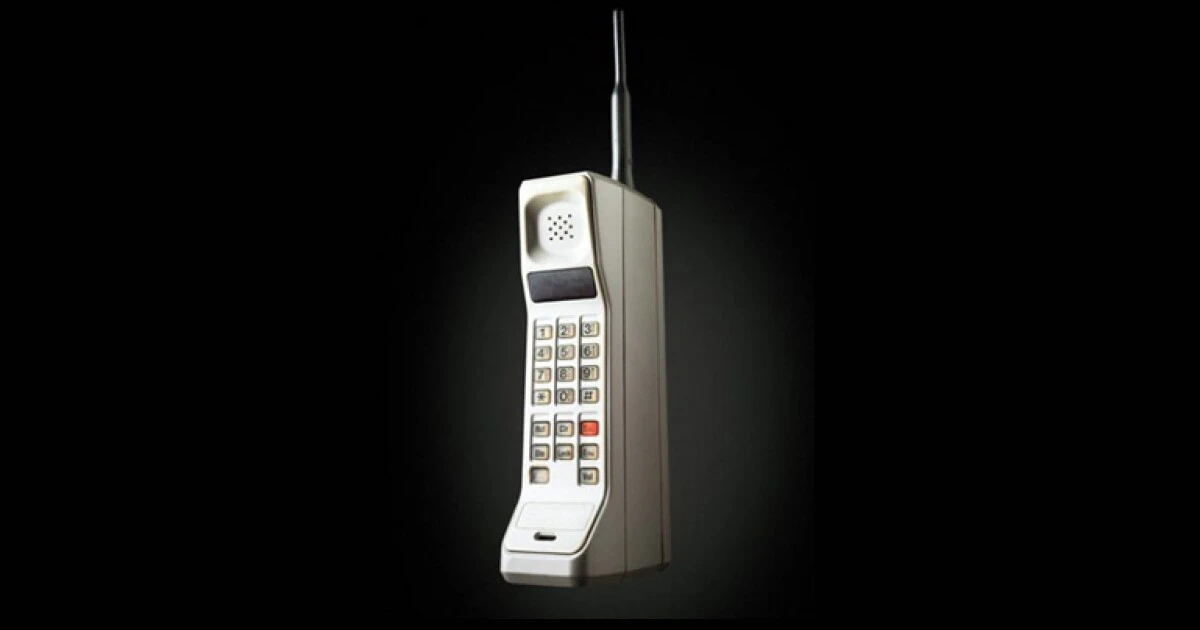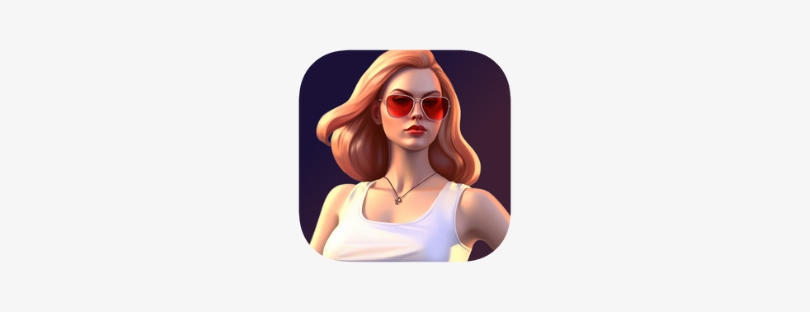
Happy birthday, dear mobile!
On October 1, 1981, Telia and Ericsson launched Europe’s first 1G mobile network — helping to kick off a technology wave that would change the world as we knew it. As the collaboration continues to thrive with 5G, and with 100 live 5G networks about to be reached by Ericsson, more milestones are likely to follow. first mobile phone
It all started in Hammarby, a suburb of Stockholm, where Telia and Ericsson flicked the first switch in the Nordic Mobile Telephony (NMT) network, 1G, on October 1, 1981. It laid the foundation for mobile communication and spread like wildfire all over the world.
The first NMT phones were not handheld devices, but rather large and heavy car phones, which weighed around 40 pounds (18 kg) and were not easily portable. However, they allowed people to make calls from their cars, which was a significant improvement over the previous systems that required users to stay near a base station.
The original Ericsson NMT phones were very expensive, and their price varied depending on the country and the service provider. In Sweden, for example, the price of an NMT car phone in the early 1980s was around SEK 30,000 (Swedish kronor), which was equivalent to about €4,000 at the time.
Nordics, the world’s largest mobile network. At least in 1985.
By 1985, the network had grown to 110,000 subscribers in the Nordics, making it the world’s largest mobile network. Today, 5.2 billion people worldwide rely on Ericsson and Telia innovation, and the companies will likely change the world again by leading the development of the fifth-generation mobile network, 5G.
Continuing the technology revolution first mobile phone
Rather than contemplating their achievement, the telecommunications partners are looking to continue to create game-changing waves on a global scale – this time by leading the development of the fifth-generation mobile network, more commonly known as 5G.
Arun Bansal, President of Europe and Latin America, Ericsson, says: “Every historical event begins with a first step. Today, we celebrate Ericsson and Telia taking that all-important first step that led to modern connectivity as we know it. Since then, every generation of mobile telephony has brought innovation that has shaped and changed the world. We’re so proud to have been there every step of the way – and look forward to the ongoing journey ahead.”
Allison Kirkby, President and CEO, Telia Company, says: “Telia and Ericsson’s collaboration is one of a kind, and together we’ve pushed technology boundaries for more than a century, making the Nordic and Baltics the world’s most connected region. 5G will unleash a new wave of innovation and creativity, reinventing the way we experience all things digital.
As a catalyst for digital transformation, 5G will continue to enable the possibility for use cases that couldn’t be done before and is now redefining how many of us envision the future both at home and in the workplace.
Oldest mobile phones:
Motorola DynaTAC 8000X, which was released on April 3, 1983. It was a large and expensive device, weighing approximately 2.5 pounds (1.1 kg) and costing €3,995 at the time. The phone had a talk time of 30 minutes and took about 10 hours to charge. The DynaTAC was considered a breakthrough in mobile technology and paved the way for the development of smaller, more affordable cell phones that would become commonplace in the years to come.
Nokia Mobira Senator was released in 1982. However, it was not a handheld device like the Motorola DynaTAC, but rather a car phone. It weighed approximately 21 pounds (9.5 kg) and was priced at around €4,500. The Mobira Senator allowed users to make calls from their cars, making it a popular choice among executives and professionals who needed to stay connected while on the road.
Motorola DynaTAC 8000S, was introduced in 1987, four years after the launch of the original DynaTAC 8000X. The DynaTAC 8000S was smaller and lighter than its predecessor, weighing 12.3 ounces (350 g) and costing about €3,000. It had a longer battery life and offered more features, including the ability to store phone numbers and to dial them automatically. The DynaTAC 8000S was also the first mobile phone to be widely adopted by consumers, rather than just by professionals and executives.









